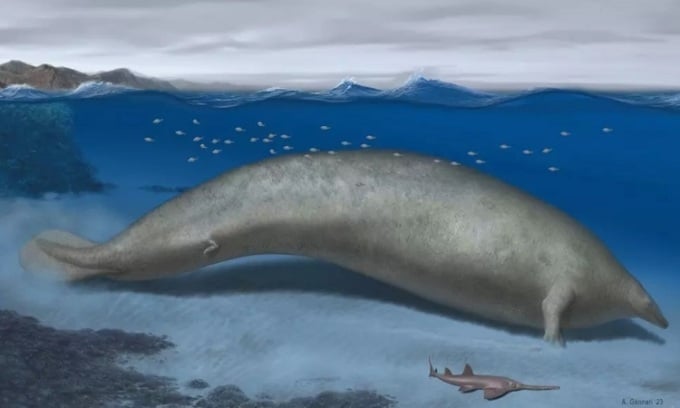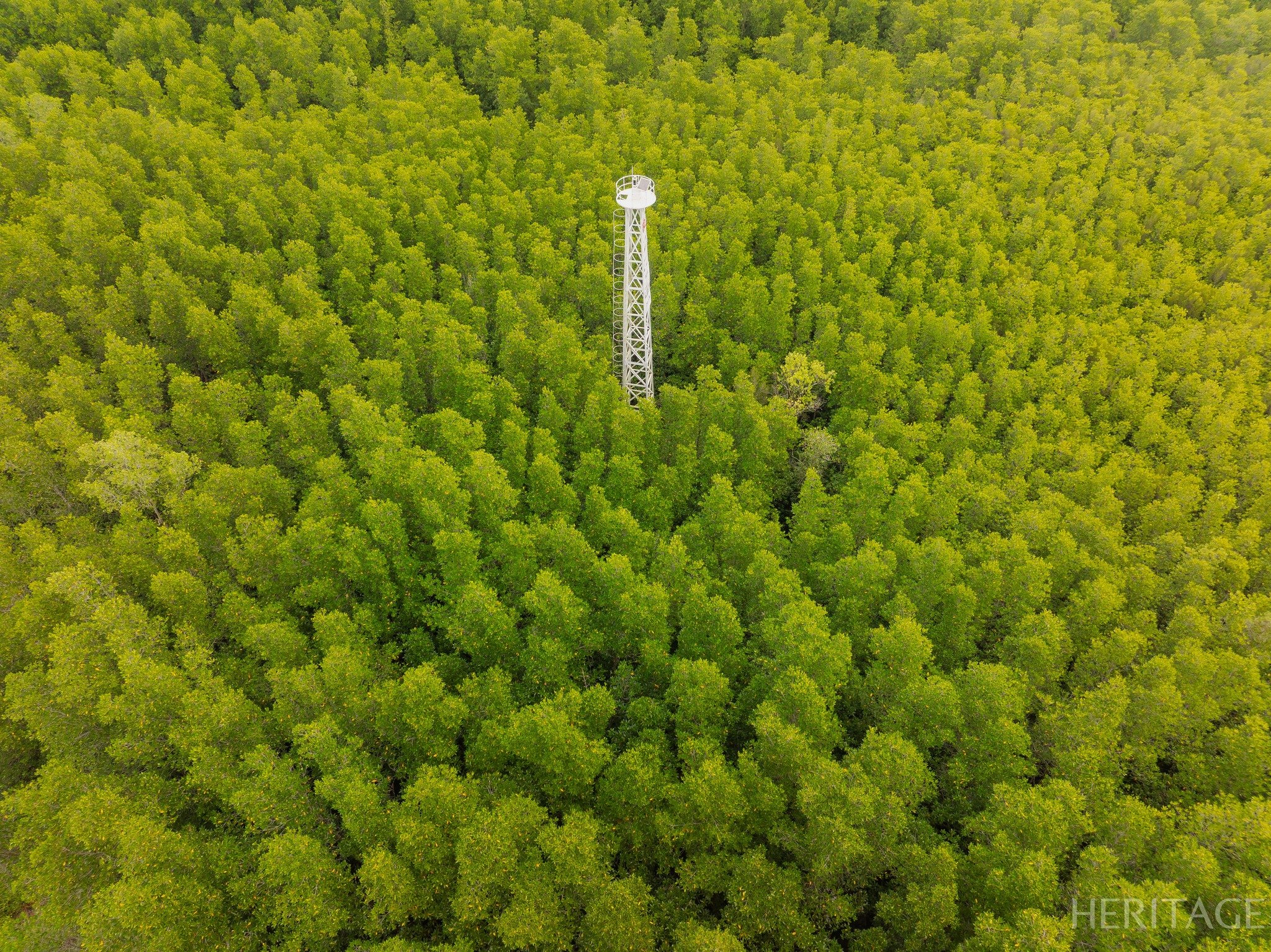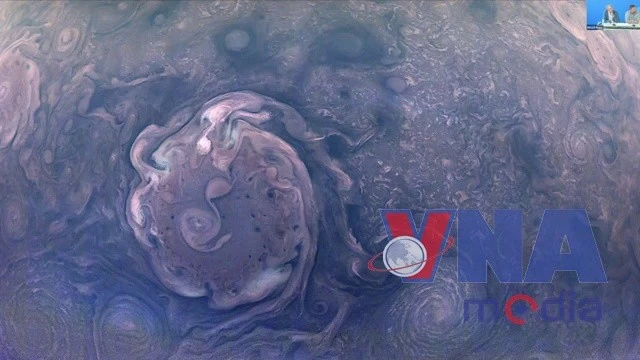Many discoveries announced in 2023 are tied to records such as the heaviest animal ever to live on Earth or the oldest black hole.
The sunniest place on Earth

Altiplano plain in the Atacama Desert. Photo: Pawel Toczynski
The sunniest spot on Earth is the Altiplano in the Atacama Desert, an arid plain near the Andes in Chile that receives as much sunlight as Venus. Though it is typically cold and dry, this 13,000-foot-high region gets more sunlight than places near the equator or higher, according to research published in the Bulletin of the American Meteorological Society . The average solar radiation on the plain is 308 watts per square meter, more than twice as much as in central Europe and the East Coast of the United States.
The oldest black hole

Simulation of an ancient black hole. Photo: TS2 Space
Scientists have discovered the oldest black hole ever discovered. The black hole was formed just over 470 million years after the Big Bang. The discovery, announced in early November, confirms the hypothesis that supermassive black holes have existed since the birth of the universe.
NASA's James Webb Space Telescope and Chandra X-ray Observatory have worked together to detect the oldest black hole in X-rays. The giant black hole is estimated to be about 13.2 billion years old, just a little younger than the universe's age of 13.7 billion years.
What also surprised scientists was the size of the black hole. It is 10 times larger than the black hole in the Milky Way. It is also 10 to 100 percent larger than the total mass of all the stars in its galaxy, according to Akos Bogdan, lead author of the study at the Harvard-Smithsonian Center for Astrophysics.
The heaviest animal that ever lived on Earth

Reconstructed appearance of Perucetus colossus. Photo: Alberto Gennari
A giant ancient whale that lived 39 million years ago was more than twice as large as the blue whale, making it the heaviest animal ever to live on Earth. Researchers have named the extinct sauribasilod cetacean Perucetus colossus. Its estimated body mass is between 85,000 and 340,000 kilograms (185,000 and 770,000 pounds). P. colossus was about 20 meters (66 feet) long, according to research published on August 2 in the journal Nature. Paleontologists discovered the massive cetacean's partial skeleton 30 years ago in the southern Peruvian province of Ica.
An Khang (According to Science News )
Source link


![[Photo] Binh Thuan organizes many special festivals on the occasion of April 30 and May 1](https://vstatic.vietnam.vn/vietnam/resource/IMAGE/2025/5/1/5180af1d979642468ef6a3a9755d8d51)
![[Photo] "Lovely" moments on the 30/4 holiday](https://vstatic.vietnam.vn/vietnam/resource/IMAGE/2025/5/1/26d5d698f36b498287397db9e2f9d16c)
















![[Video] The role of intellectuals in effectively implementing Resolution 57-NQ/TW](https://vstatic.vietnam.vn/vietnam/resource/IMAGE/2025/5/2/9b2b1a73840f43848d14cbdcc88426a5)














![[Photo] Ha Giang: Many key projects under construction during the holiday season](https://vstatic.vietnam.vn/vietnam/resource/IMAGE/2025/5/1/8b8d87a9bd9b4d279bf5c1f71c030dec)






























































Comment (0)